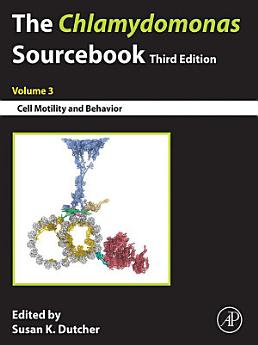The Chlamydomonas Sourcebook: Volume 3: Cell Motility and Behavior, Edition 3
About this ebook
About the author
Susan K. Dutcher is a professor and the former director of the McDonnell Genome Institute at Washington University School of Medicine. She earned her PhD at the University of Washington in Seattle, where her thesis work focused on the role of cell division cycle genes in karyogamy in S. cerevisiae with Dr. Leland Hartwell. In 1980, she began work on Chlamydomonas basal bodies and cilia at Rockefeller University. She was a faculty member at the University of Colorado, Boulder from 1983 to 1999. Her lab investigates the assembly and function of basal bodies/centrioles and cilia using genetics, biochemistry, microscopy, and computational biology in Chlamydomonas as well as human tissue culture cells. Key questions addressed in her research are how these microtubule-based structures are assembled, how they are regulated with respect to the cell cycle, and how they function and influence cellular biology, development, and human health. Stemming from the lab’s comparative genomics work in 2004, the discovery of many cilia and centriole-based diseases has illustrated the incredible breath of roles that these organelles play in human health. She is a fellow of the American Academy of Arts and Sciences, the American Society of Cell Biology, and the American Association for the Advancement of Science. She has had key collaborations with numerous scientists.




